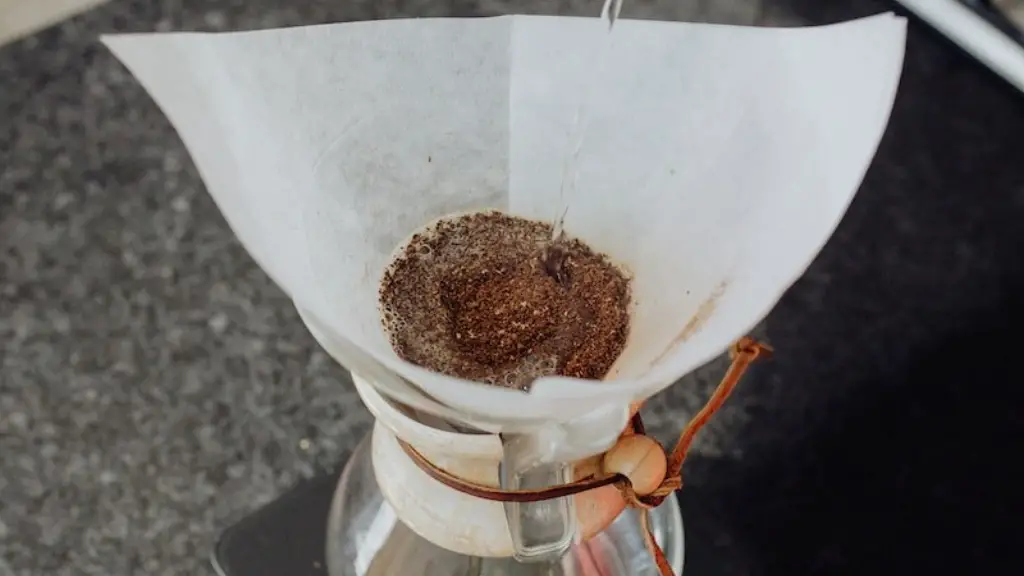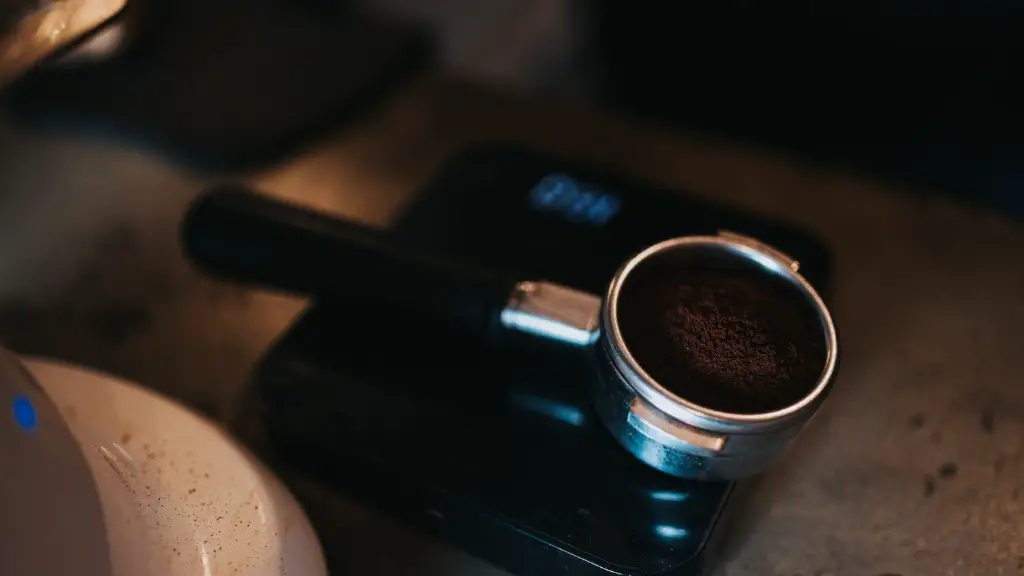Investigation of the Potential Effects of Burned Coffee
Is drinking burned coffee hazardous to your health? The answer is yes, and no, depending on the type of burnt coffee you drink. In this article, we explore the potential effects of drinking burned coffee and provide practical advice for enjoying it safely.
The first thing to understand is that there are two types of burned coffee: acrid (overbrewed) and milk-scorched (overheated milk). Acrid coffee is likely to contain more bitter compounds, while milk-scorched coffee is more likely to contain proteins from the milk that may have been altered. Studies have suggested that both types of burned coffee may have negative health implications, ranging from digestive discomfort to potential carcinogenic effects, so it’s important to take appropriate precautions.
According to the Food and Drug Administration, burned coffee can contain potentially harmful levels of acrylamide, a chemical associated with cancer. While most authorities agree that acrylamide does not pose any significant health danger when consumed in small amounts, it pays to be conscious of your intake. If you are drinking burned coffee, it is best to reduce the time your coffee is exposed to elevated temperatures and to drink it in moderation.
Research into the health effects of burned coffee is still ongoing, and the topic has been a source of heated debate between experts in the field. Some scientists argue that the levels of acrylamide found in burned coffee are too low to be of any concern, while other experts claim that even a tiny exposure to this chemical can increase our cancer risk. The jury is still out on which of these perspectives is correct.
Due to the potential risks associated with acrylamide, it is best to take simple precautions when drinking burned coffee. Try to avoid the most burned batches and take special care when boiling water for coffee. If you’re using an automatic brewer, keep an eye on the time, and be sure to change the water after your coffee is brewed. Lastly, if you notice an acrid or bitter taste in your coffee, it’s probably best to pour it down the drain and make a fresh batch.
Safety Considerations for Milk-Scorched Coffee
When it comes to milk-scorched coffee, the risks don’t come from acrylamide but from the proteins in the milk that can become altered when heated. Milk proteins can be broken down into a variety of forms, and some of these forms can make digestion difficult, particularly for those with lactose intolerance.
The best way to avoid any potential health issues with milk-scorched coffee is to not overheat the milk. Lactose intolerant individuals may want to opt for an almond-based milk, as this type has been found to be less prone to burning. When heating up milk for coffee, be sure to keep an eye on the temperature and take it off the heat before it scalds.
Some experts also suggest that choosing organic milk may reduce the risk of exposing yourself to synthetic hormones and additives. Additionally, using low-fat milk may be a safer choice, as it is less likely to burn. Ultimately, however, it pays to be as vigilant with milk-scorched coffee as with acrid coffee.
When added to your coffee, cold milk may be a safer alternative. Cold milk is less reactive at high temperatures and therefore less likely to break down and create digestive problems. If you don’t enjoy the taste of cold coffee, you can still enjoy hot beverages by simply pouring heated milk into the cup separately.
Burned Coffee and Taste
One of the most common reasons people tend to drink burned coffee is taste. While the bitter compounds and proteins produced by burned coffee can be unpleasant, many people find that they enjoy the taste of burned coffee more than regular coffee. Others may not enjoy the taste but opt for burned coffee because it provides a powerful energy boost.
Before reaching for burned coffee, it’s important to consider the potential risks it may have on your health. Brewed coffee that is not too dark or burned may provide an enjoyable and relatively safe taste without putting your health at risk.
On the flip side, it is important to consider the potential ulterior motives of the coffee industry. Many coffee companies are marketing their dark roast coffees as “burned” or “burnt.” These dark roasts are often quite bitter, and some companies exploit this fact to market their coffees as being more desirable and desirable.
The truth is that burned coffee can still be enjoyed responsibly, but it’s important to be mindful of the potential risks associated with it. Be sure to monitor the time your coffee is exposed to heat, change the water after brewing, and consider the alternative methods of preparing your coffee to make sure you don’t end up with a cup of burned coffee.
Effects of Burned Coffee on Your Metabolism
Research suggests that burned coffee has a similar effect on your metabolism as regular coffee. Studies have shown that drinking regular coffee can give you a boost and help you burn off some calories. Similarly, a cup of burned coffee may encourage your body to work harder and burn more calories, while still providing you with the same energy and alertness that comes with regular coffee.
However, it is important to drink in moderation as too much caffeine can increase the heart rate. In addition, too much caffeine can cause headaches, nausea, and other unpleasant side effects. To maximize the beneficial effects of burned coffee, it is best to be mindful of how much you are drinking and how frequently.
Research has also shown that while drinking burned coffee may provide an energy boost, it can also lead to higher levels of stress hormones. This is because burned coffee tends to contain more stimulants than regular coffee, and this can lead to an increase in cortisol levels. For this reason, it is best to drink small amounts of burned coffee on a regular basis rather than large amounts at once.
Burned coffee may also have the potential to affect your sleep depending on when you drink it. Drinking coffee late at night can disrupt your natural circadian rhythm and make it harder for you to fall asleep. It is best to avoid drinking coffee before you go to bed, especially if you’re already feeling anxious or stressed.
Espresso Machines and the Risk of Diseases
Using an espresso machine to prepare your coffee may also present a health hazard if the machine isn’t cleaned regularly. This is because build-up of coffee oils and residues can accumulate in the machine and become a breeding ground for bacteria. If left unchecked, these bacteria can spread to your coffee and increase the risk of developing a food-borne illness.
To ensure a safe and healthy cup of coffee, it’s important to clean your espresso machine frequently and thoroughly. Regularly descaling your machine with vinegar and baking soda can help to keep your machine clean and safe. Additionally, using clean filters and only using freshly ground coffee can reduce the risk of any bacteria or mold being transferred.
In some cases, drinking burned coffee can also be considered a form of unhealthy behavior if it is used to self-medicate. While coffee can certainly give you an energy boost, it’s not a long-term solution to stress and fatigue. Instead, it’s best to seek out healthy solutions to address any underlying issues.
Final Thoughts on Drinking Burned Coffee
In conclusion, burned coffee can be enjoyed safely if precautions are taken. However, it is important to bear in mind the potential risks associated with acrylamide and altered milk proteins. For those choosing to drink burned coffee, moderation is key. It pays to be vigilant when boiling water for coffee and when heating milk for coffee, as well as being aware of potential ulterior motives from coffee companies.
Further research into burned coffee is needed in order to gain a better understanding of the health implications. Until then, it is best to enjoy burned coffee responsibly, drinking in moderation and following safety precautions.





